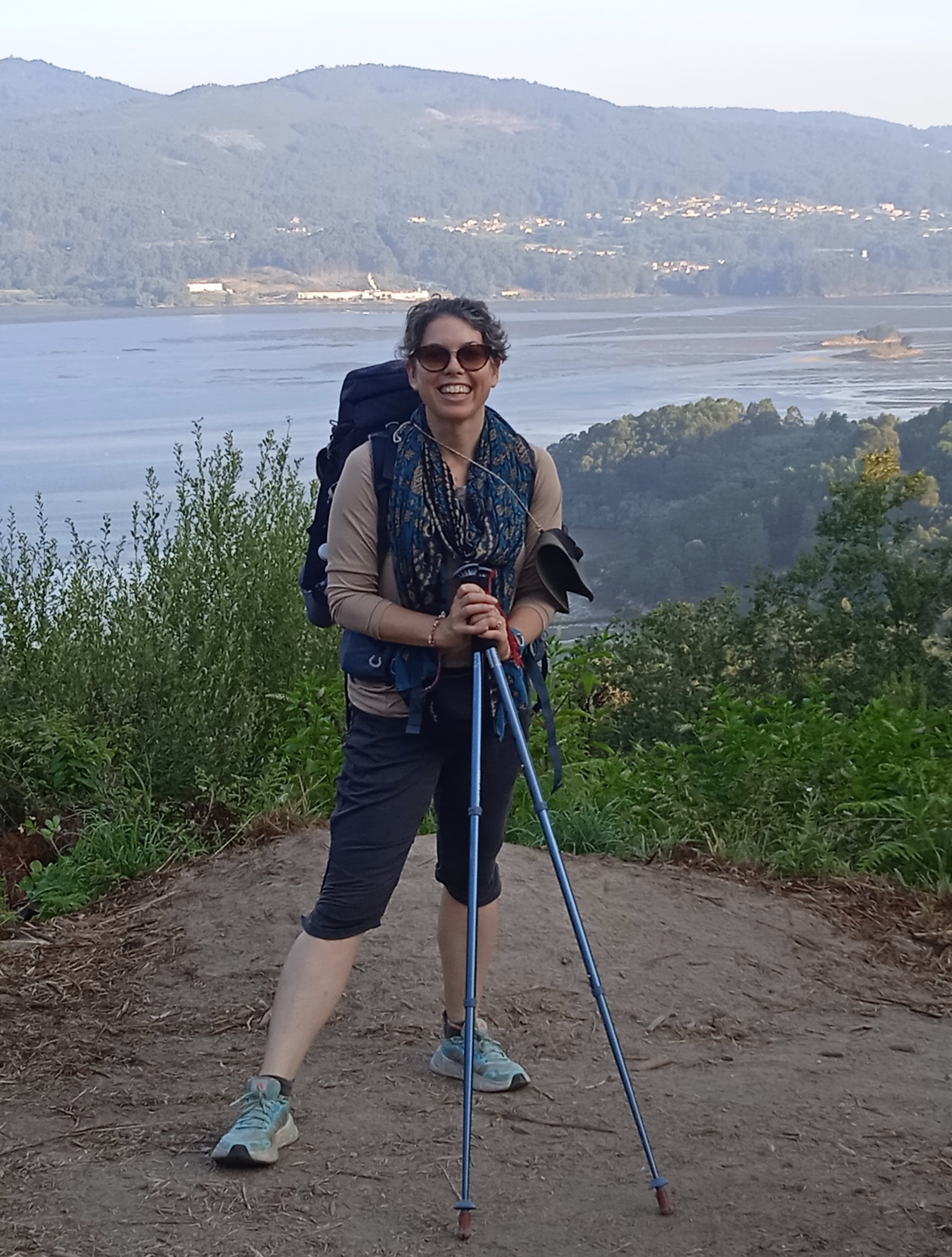What the VF?
As a novice to this space, it’s exciting to learn new things, and it starts with all the hiking lingo abbreviations many of the bloggers use on The Trek: SOBO, NOBO, PCT, and other code names like flip flop and puffy…I’m getting the hang of them. Anyone with a teenager in the house is learning their GenZ vocab as well, like rizz (charisma) and the most recent compliment from my son, “Mom, you’re her” (for those not in the loop, to be called ‘him’ or ‘her’ in the context of a compliment is like saying you’re the GOAT, or greatest of all time). Well I have one for you: VF. This may not be familiar to many readers here because it isn’t a trail in the US but it is well known; in fact, it has been around since the 7th century*:
Where is the VF?
The Via Francigena (VF) is a pilgrimage road that starts in Canterbury, England, and ends in Rome, Italy. The name Via Francigena translates as, ‘the road from France’ though it traditionally begins in England and traverses through France, Switzerland, and of course ends in Italy spanning a vast trek of 2000 km. Since the Middle Ages, the “real” road from its origins was used for religious purposes, trade, and transportation but has since deteriorated over time. However, thanks to tourism, the trail has been reconstructed.
Is It Like the Camino de Santiago?
The popularity of similar hiking journeys like the Camino de Santiago (CdS) has sparked recent interest in the VF, making it more hiker-friendly to follow the trail with helpful signs to mark the direction, though it still does not have as many markers nor economical albergues similar to the CdS (albergues are small hostels created for pilgrims of the CdS only, costing from 5-15 euro per night; when a person presents their CdS passport, which is a paper book identifying themselves as a pilgrim with stamps given along their trek, they receive this discount). I just finished one of the caminos (paths, in Spanish) to CdS last summer, walking from Porto, Portugal to Santiago de Compostela, Spain.
How Long Does the VF Take?
The time that it takes an average hiker to complete the daunting road of the VF is about 50 days. This is a walk in the park for those of you used to the Appalachian Trail (much respect!). But since our world revolves around school, we only have one week of vacation for our Spring Break, which means we could only complete one stage of the VF. That is what I am doing this March, in the fine company of my tween son, Salah. Since we live in Morocco, it is really easy and affordable to hop over to Italy (thank you, RyanAir!).
Planes, Trains, and Feet
We will fly into Rome, but then take trains to backtrack to our starting point, in Sutri. From there, we look forward to trekking through the beautiful Italian hills until we reach Roma, in about six days. Mind you, it would take the average hiker just a day or two to complete this stage of the trail, but since I am walking with Salah and this will be his first camino, we are taking it slow. We’ll be walking about 12 km each day, which leaves plenty of time to explore each new city we encounter, insha’allah (loosely translates as ‘hopefully’ in Arabic).
*Note: Thanks to Isko Salminen for his comprehensive list of “Hiker Lingo” , and to the Official Via Francigena website for Historical Information
This website contains affiliate links, which means The Trek may receive a percentage of any product or service you purchase using the links in the articles or advertisements. The buyer pays the same price as they would otherwise, and your purchase helps to support The Trek's ongoing goal to serve you quality backpacking advice and information. Thanks for your support!
To learn more, please visit the About This Site page.

 ">
">



Comments 1
Very interesting post! It was fun to read about a somewhat different trail from the others on this site. Have a great trip!